Extreme births
Bringing forth the cutting edge can be an extraordinary occasion for moms (and, in case you’re an ocean horse, fathers) in the animals of the world collectively.
In enthusiasm for all the moms out there on Mother’s Day, Live Science has accumulated top notch of the eight most outrageous creature births. Peruse on to see charming creature infants, and to acquire another regard for the moms who experienced extraordinary accomplishments to bring their kids into this world.
Stripped mole rodents

Stripped mole rodents (Heterocephalus glaber) are unbelievably social warm blooded animals that live in provinces. In any case, every settlement has only one regenerative female: the sovereign.
She isn’t essential for a family line, be that as it may. Or maybe, if another female needs to become sovereign, “she needs to go up to the current sovereign and murder her,” said Kenton Kerns, the associate guardian of little warm blooded animals at Smithsonian’s National Zoo in Washington, D.C.
When she becomes sovereign, the authority begins having infants, generally around 10 to 15 all at once, which is genuinely like the quantity of little guys birthed by different rodents, for example, mice or rodents. Be that as it may, the quantity of the litter develops over the long haul. That is on the grounds that bare mole rodents are the solitary well evolved creatures whose bones develop after they arrive at adulthood, Kerns said.
“Each time the [queen] gets pregnant, her intervertebral plate space — the space between her vertebrae on her spine — will get only a smidgen greater, and afterward greater and greater each time she has a litter,” Kerns revealed to Live Science.
At her pinnacle, the sovereign can bring forth a litter of 33 infants, each about the size of a “hearty kidney bean,” he said. This litter size is the biggest of any vertebrate on Earth, Kerns said.
Prehensile-followed porcupine
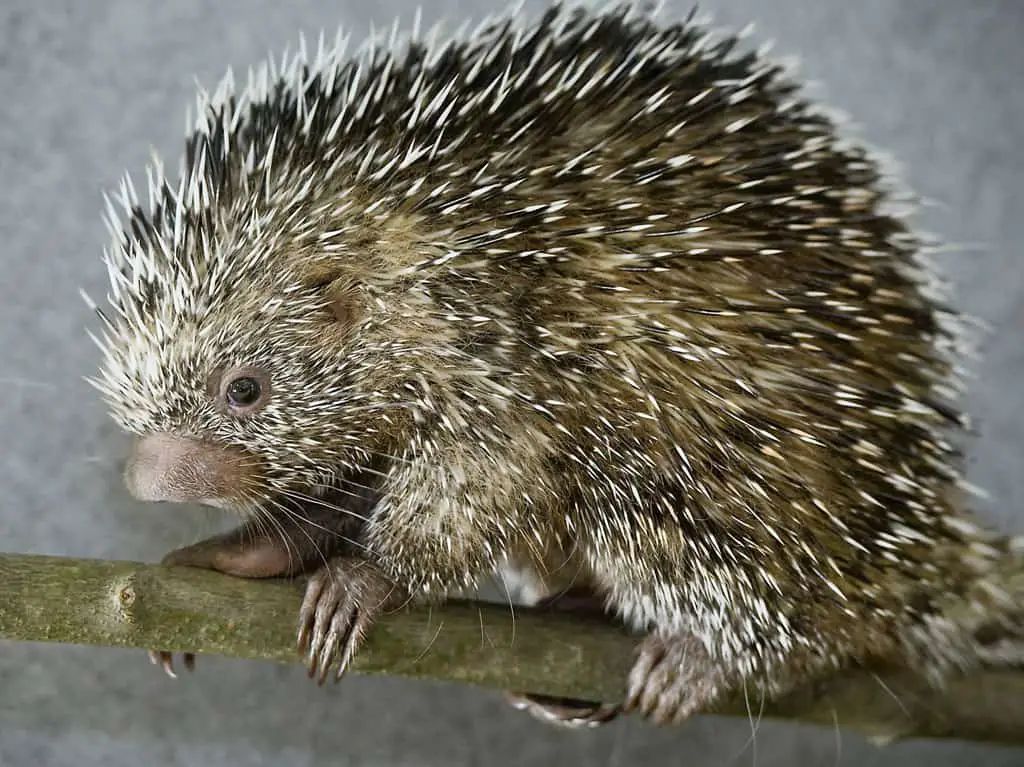
The prehensile-followed porcupine (Coendou prehensilis) from South America experiences two extraordinary occasions during birth. First of all, these porcupine children are conceived completely quilled. The plumes are delicate in the belly, however solidify once presented to air. All things considered, conceiving an offspring can be troublesome, particularly if the infant is conceived breech (base first), Kerns said.
The subsequent extraordinary factor comes from the spot of the birth: a tree. Kerns said he has never seen an infant porcupine drop out of a tree, however it probably occurs in the wild incidentally.
“The last one we had here [at the National Zoo], we watched him stick for dear life onto a branch while the umbilicus was falling off,” Kerns said.
Tenrec
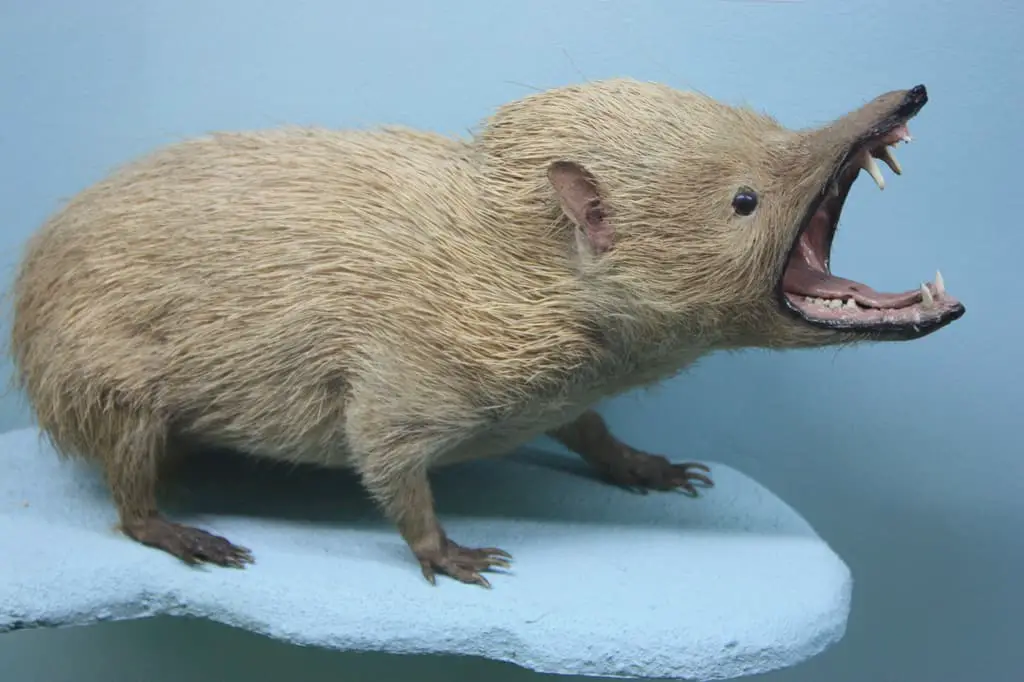
The little tenrec resembles a hybrid of a vixen and a hedgehog, yet it is not one or the other. Indeed, this creature is more firmly identified with the elephant than to both of these creatures.
Tenrecs are covered with spines. In contrast to the porcupine, whose plumes have thorns that can stall out in the skin of hunters, the tenrec keeps its spines its whole life.
In any case, much the same as the porcupine, the tenrec mother should bring forth a spiky infant. The spines are delicate in the belly yet solidify once they hit the air, likewise with the porcupine. However, the prehensile-followed porcupine typically has only each child in turn. Tenrecs have somewhere in the range of two and 10 children for each litter, which is a ton of spikes to manage, Kerns said.
Short-eared elephant wench
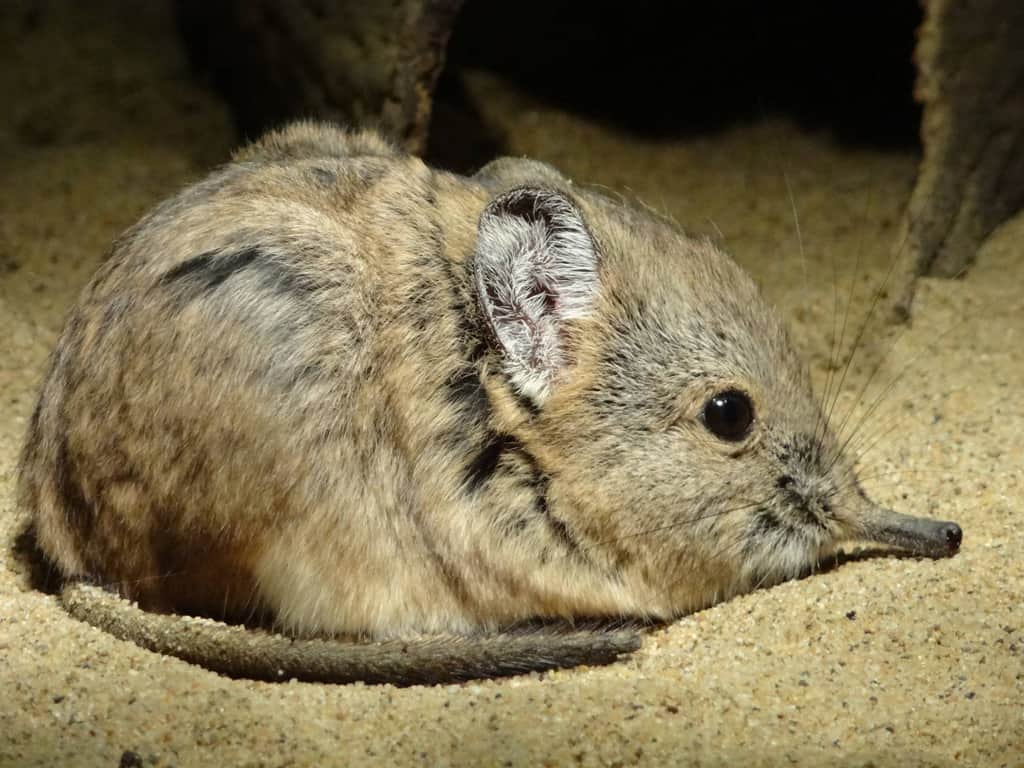
The short-eared elephant wench (Macroscelides proboscideus) is small; it measures around 4 inches (10 centimeters) in length and gauges close to 1.5 ounces (43 grams), as indicated by the National Zoo.
However, Mom’s weight can increment by 50% when she has two infants. Every infant weighs about 0.3 ounces (10 g), so a litter of two would weigh about double that.
“Consider being 40 g [originally] and having 20 g [0.7 ounces] worth of infant,” Kerns said. “That is half of your body weight when you’re not pregnant that you just brought forth.”
Giraffes
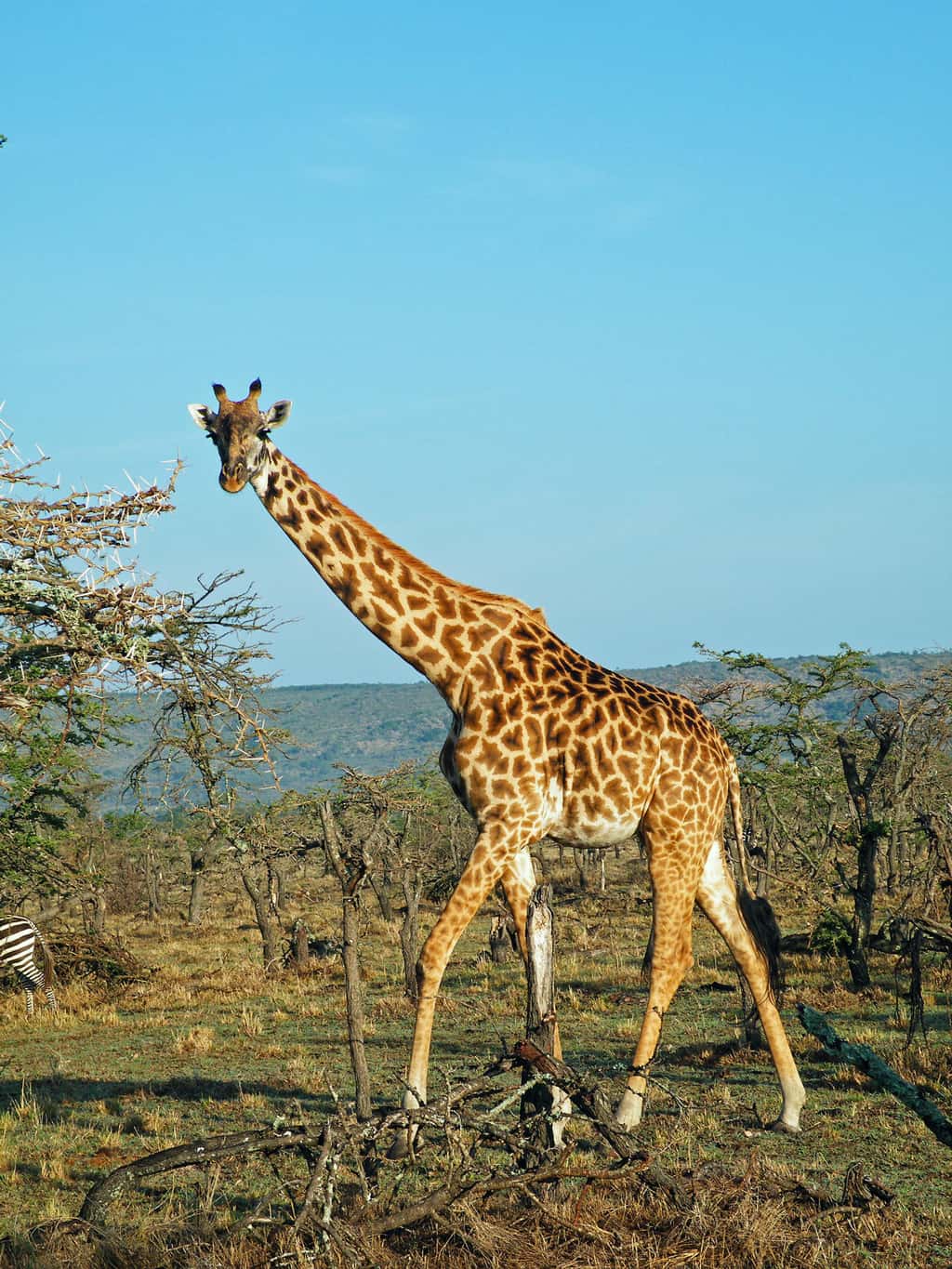
The giraffe’s introduction to the world is outrageous on account of the long drop the child takes the second it enters the rest of the world.
In a common giraffe birth, the child’s front hooves jab out of the mother first, trailed by the nose and head. After around 30 to an hour of work, the mother pushes the infant out. At that point, the calf inelegantly drops about 6.5 feet (2 meters) to the ground, making a tremendous crash.
It may sound harsh, yet the fall is vital. It cracks the amniotic sac, permitting the child to begin breathing all alone, Laurie Holloway, a representative for the Dallas Zoo, revealed to Live Science in 2011.
Spotted hyenas
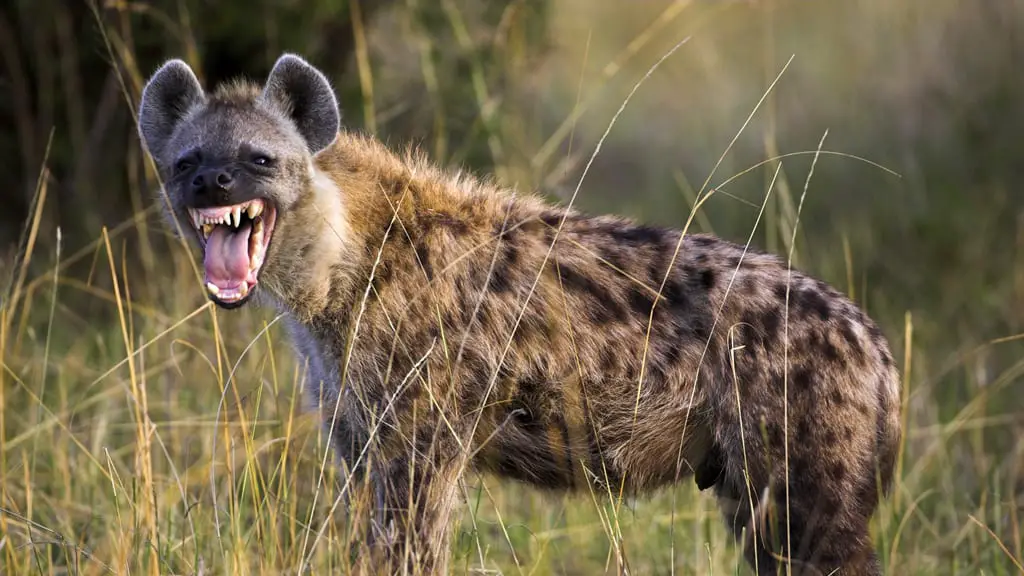
Spotted hyena births are not for weak willed. In the last phases of pregnancy, high-positioning female spotted hyenas (crocuta) open their babies to significant degrees of androgen, a male sex chemical connected to animosity, Live Science recently revealed.
This additional androgen can make the little guys more forceful, giving them an edge over their companions, however it can likewise make the mother’s conceptive organs develop. For example, the clitoris, which contains the birth waterway, can broaden 7 inches (18 centimeters) from the body, Kay Holekamp, a teacher of integrative science at Michigan State University, revealed to Live Science in 2006.
“Envision conceiving an offspring through a penis,” Holekamp said. “It’s truly odd genitalia, however it appears to work. Albeit conceiving an offspring through a ‘penis’ is anything but a minor issue.”
In addition, the hyena’s introduction to the world trench is only an inch (2.5 cm) in distance across, and a 2-lb. (0.9 kilograms) puppy can tear through the tissue as it leaves the mother. Helpless Mom can bite the dust from these tears, as is confirmed by the high demise rate among first-time hyena moms, Live Science detailed.
Kiwis

The kiwi’s egg involves up to 25 percent of its mom’s body, making it the biggest egg, corresponding to body size, of any feathered creature on the planet, as per the American Museum of Natural History (AMNH) in New York City. That is one egg-treme egg to lay!
Because of the egg’s size, kiwi birth is identical to a chicken laying a 1-lb. (0.4 kg) egg or a human bringing forth a 4-year-old kid, as indicated by Audubon.
Fortunately, there’s a potential gain to mother’s enormous burden. The egg is large to the point that the infant is genuinely evolved when it hatches, as indicated by the AMNH.
People

People can likewise have outrageous births. For a certain something, it very well may be lethal to the mother: About 830 ladies pass on from preventable makes related pregnancy and labor each day, as per the World Health Organization (WHO). In any case, admittance to medical care is improving, the WHO said. Somewhere in the range of 1990 and 2015, maternal mortality dropped by around 44 percent around the world, the WHO revealed.
In any event, when it’s not lethal, human birth can be outrageous for the mother. Ladies who start giving birth experience withdrawals, a fixing of the uterus that attempts to push the child down the birth waterway, as indicated by the American Pregnancy Association. Their cervix expands, and afterward they push until they oust both the child and the placenta.
In the event that a cesarean (C-area) is required, specialists will create an entry point through the stomach and uterine dividers so the doctors can pull out the child, the affiliation said. In the United States, around 32 percent of all births are C-segments, as per the Centers for Disease Control and Prevention.
Human children need a ton of TLC — delicate love and care. Yet, they can help make a caring family … and possibly a Mother’s Day card in the event that they recall when they’re more seasoned.